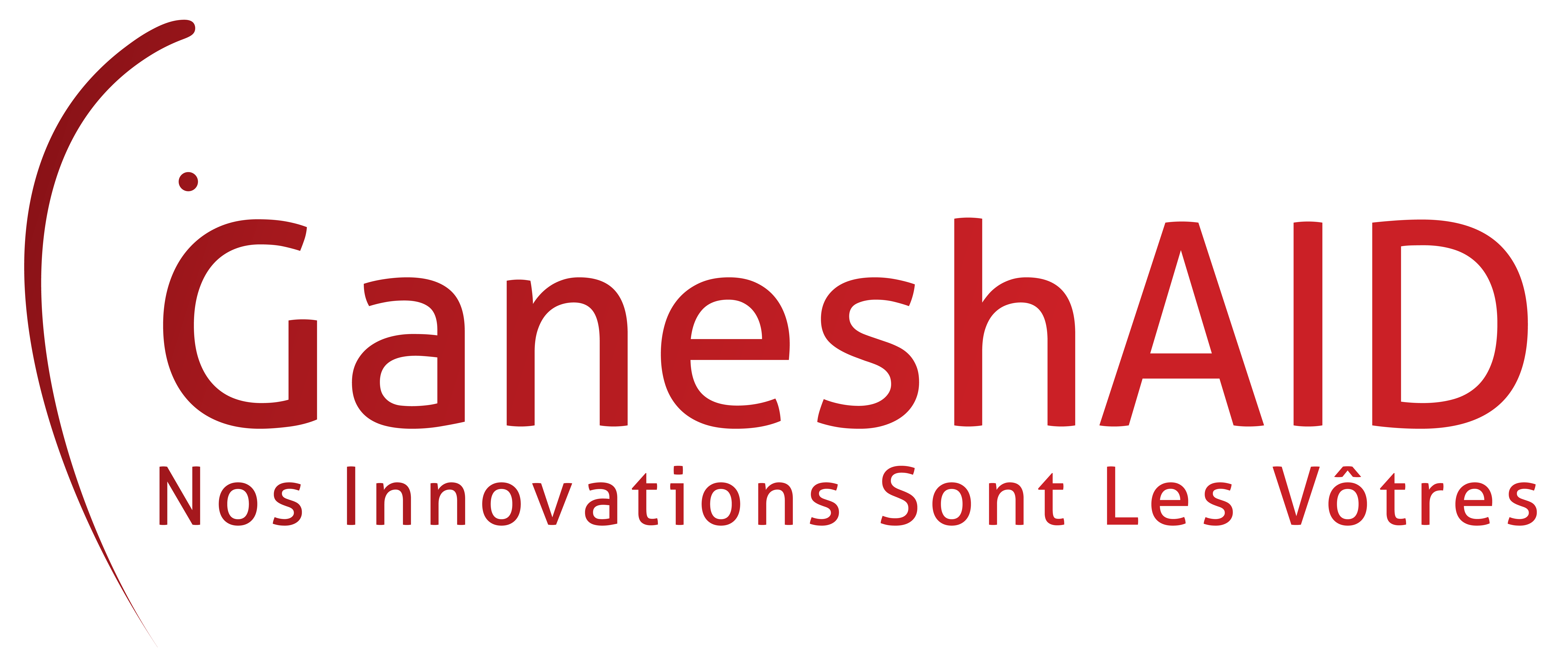
6 June 2021, by Anne-Sophie VANDAMME
Effective learning does not only happen when attending a course, but it can also be achieved through reading documents, discussion with peers, participation in forums, etc., and this is particularly the case for adult learners. As social media is omnipresent in the world we are living today, to benefit from its popularity, GaneshAID integrated social media as part of training strategy solutions for immunization health workers and immunization supply chain.
Social Media as Learning Tools
Social media is an integral part of our daily life. They influence the way we live, interact, work and also learn. Their integration into trainings is easier than ever. Almost all people own social media accounts, whether it is Facebook, LinkedIn, Twitter, Instagram, etc. Their use has gone from personal news sharing with friends to, today, social events publications, merchandising or publication of all kind of trainings.
| Social media is an integral part of our daily life. They influence the way we live, interact, work and also learn. |
Social media allows for immediate communication between people with rapid sharing of content and the flow of questions and answers that they allow. In the current global context of COVID-19, the majority of the population has experienced lockdowns that has contributed to an increasing use of social media and distance learning modalities. COVID-19 has cruelly affected health workers all over the world and isolated disproportionately those from hard-to-reach areas.
Utilizing social media to enable a virtual community for health workers can minimize the isolation that many people experience. The digital learning solutions developed by GaneshAID for the benefit of health workers in vaccination programs and the vaccine supply chain all include the following three social media modalities:
Facebook-like page
A Facebook-like newsfeed allows not only a health program to share the latest news but also health workers to share, in turn, their on-the-field experiences. It is a top-to-bottom and bottom-to-top resource tool of information. It enables sharing of information in a more casual manner, while remaining professional.
In the times of COVID-19, receiving information or feedback from health workers is key to prepare for timely pandemic response in terms of vaccine introduction, or prevent and manage rumors spreading.
Social forum
A social discussion forum is a space where meetings and exchanges are organized to allow in-depth reflections, debates of ideas, exchanges of experience, elaboration of draft actions, as well as formulation of proposals. Discussion forums are usually created on web platforms dedicated to a particular topic or professional sector. They allow for categorized discussions and gathering like-minded people around the topic in question for in-depth debates.
At the same time, participants weave a network of people with the same interest. Interactivity is what makes a forum lively, so it relies on the number of people actively participating in the forum and requires a moderator to ensure the cohesion of the group and facilitators to enhance the quality of the interventions, and involve members.
Instant Message
Instant messaging is a system that allows you to exchange text messages or files (images, video, sound…) in real time between two or more users connected via a dedicated application. It can be enriched by the use of a camera or audio or both. It allows you to maintain contact at all times, is faster than email, and facilitates discussion.
Why social media can be considered as a tool for learning?
It is not so much the “likes” collected on a publication that interests us but the environment created by the social network.
Communication and collaboration
Social media encourages the creation of a collaborative, open environment, where sharing information happens very fast. This allows learners to accelerate their cognitive processes, communication, creativity, and learning faculties.
It facilitates collaboration between learners, and therefore peer learning, at any time, without the time constraint of face-to-face training.
Social media are environments where content is constantly evolving and has a significant capacity for impact. They are concise and straight to the point, which generates a sense of efficiency and productivity for learners.
Social media are environments where content is constantly evolving and has a significant capacity for impact. They are concise and straight to the point, which generates a sense of efficiency and productivity for learners.
Sense of community and strong engagement
Social media helps to increase commitment to work by strengthening a sense of belonging to a community with like-minded individuals. Increased commitment to work generates an increased willingness to learn.
It allows for sharing of experiences that, without being explicit, can generate comparison between achievements or performances and therefore an implicit competition that leads to surpassing oneself, or searching to do better.
It facilitates networking. This network connects staff at all levels of a health program, strengthens the bonds of the working community. They then share a common goal of pushing towards excellent program performance. A network of contacts allows health professional to be able to seek help from the appropriate people at any time. It also creates a common ground for professionals to share experiences and possibly to extend successful practices in the country.
GaneshAID’s Innovations using social media
Based on all these findings, GaneshAID integrates these three social networks into its m-learning applications. They complement micro-learning training and knowledge library documents and together enable the development of a shared culture within a community of health professionals with the aim of improving the performance of health personnel and systems.
Check out GaneshAID’s innovations using social media:
What do you think about using social media as a learning method? Has your country’s health programme implemented such solution in their Capacity Building and Learning strategy? Please share with us below in the comment section. We would love to hear different professional ideas around the world.


